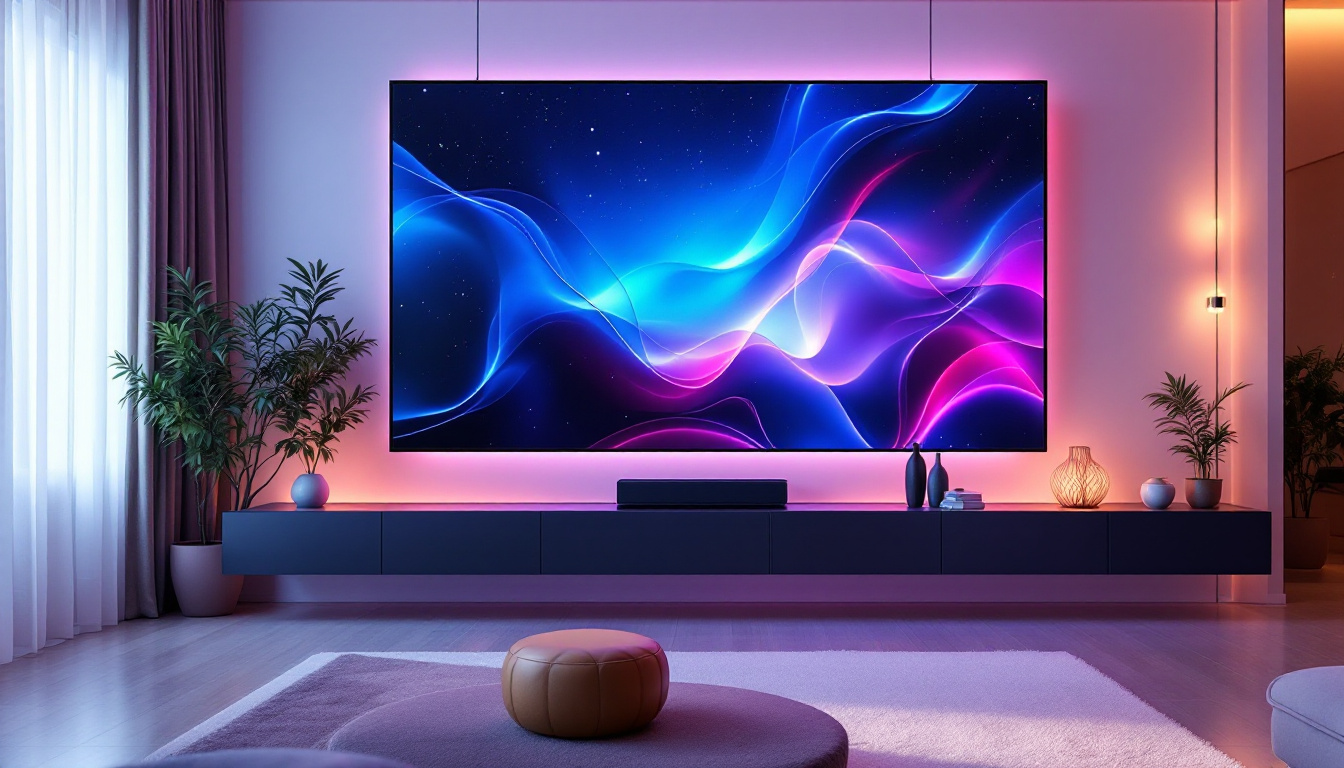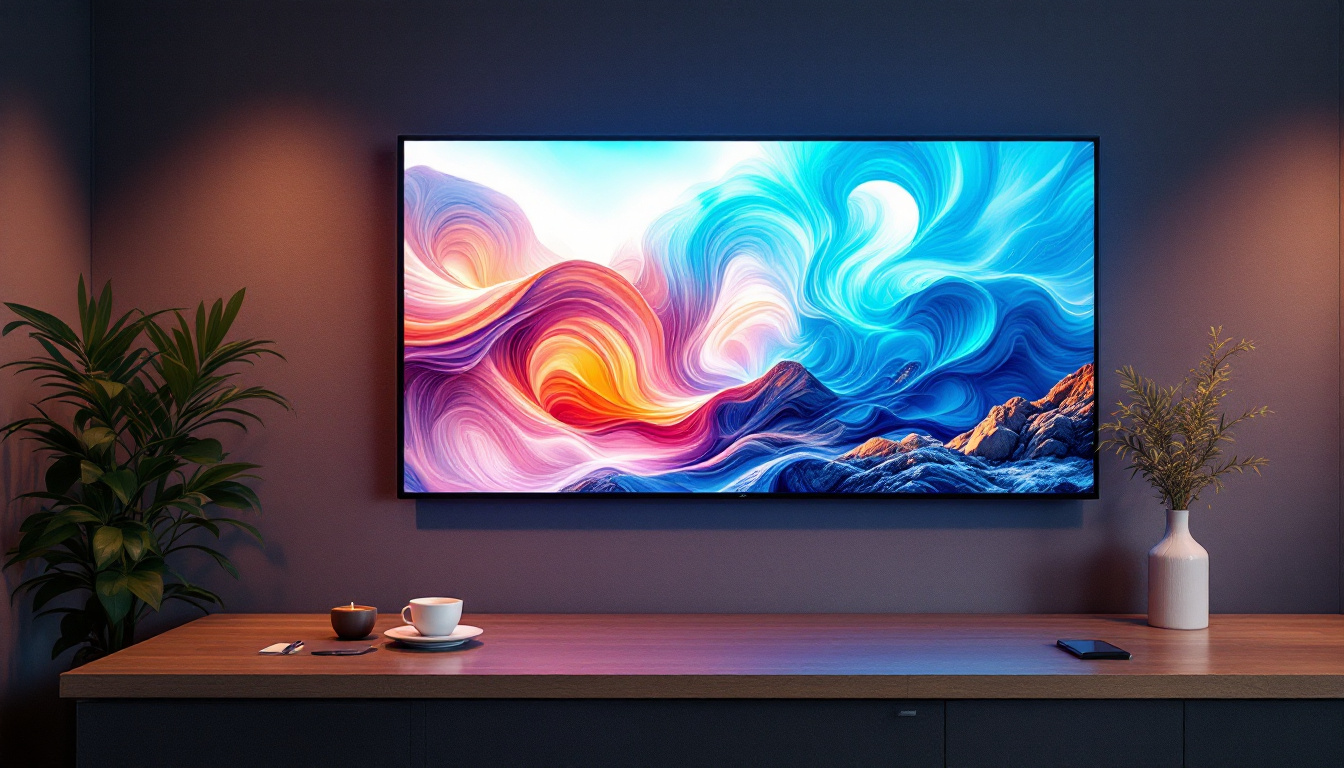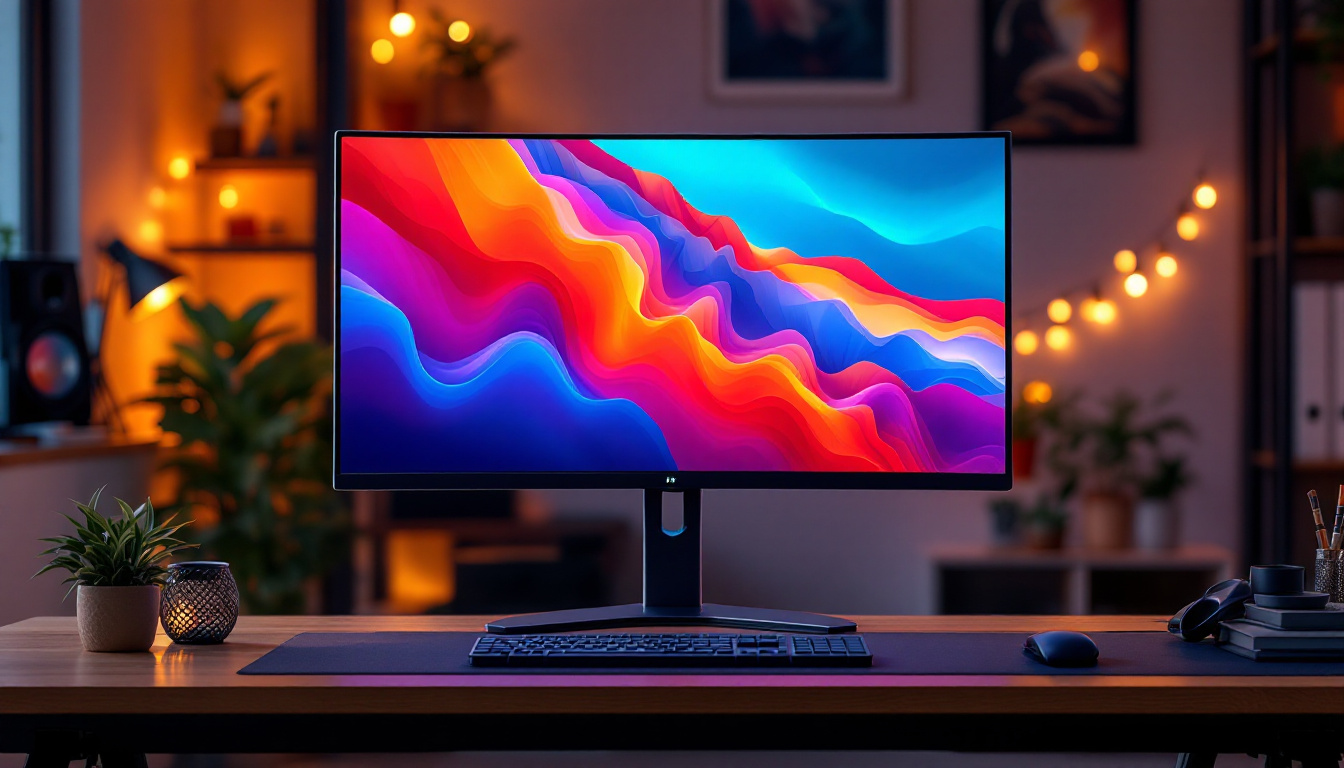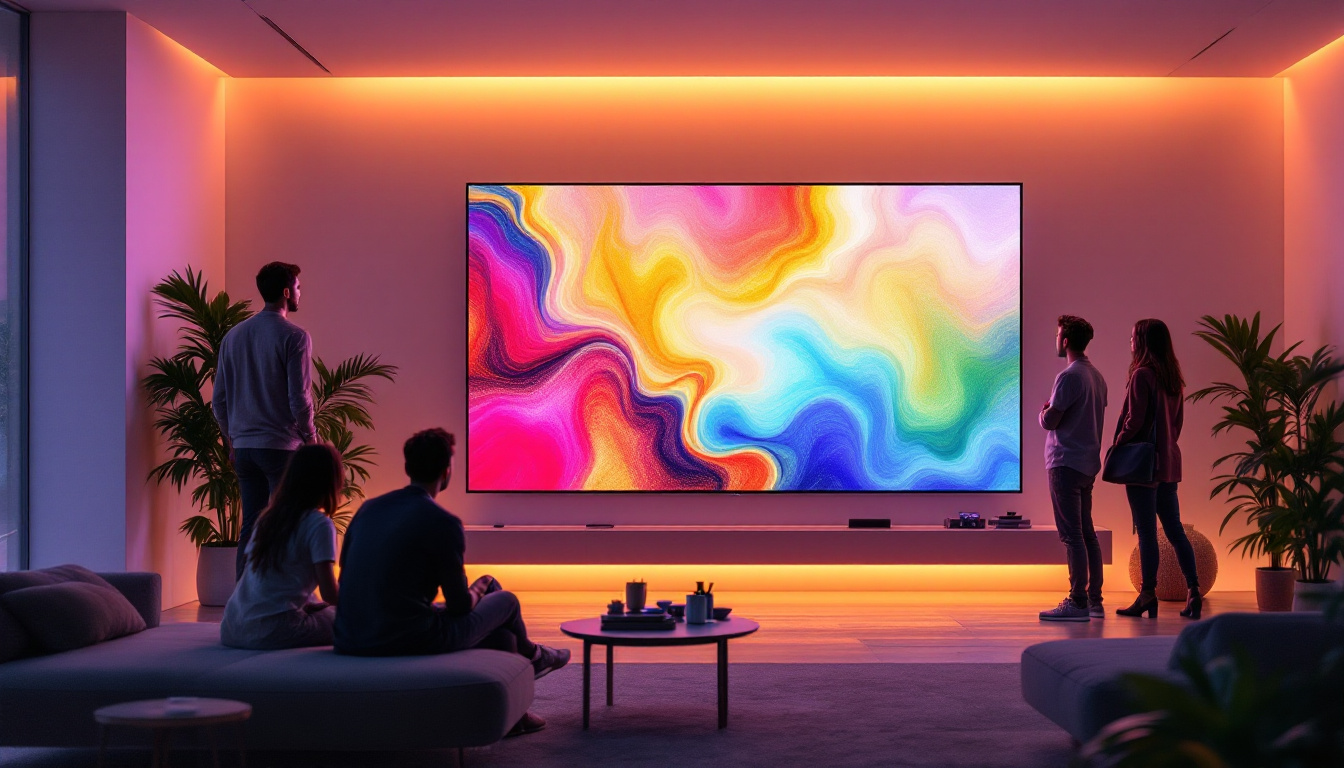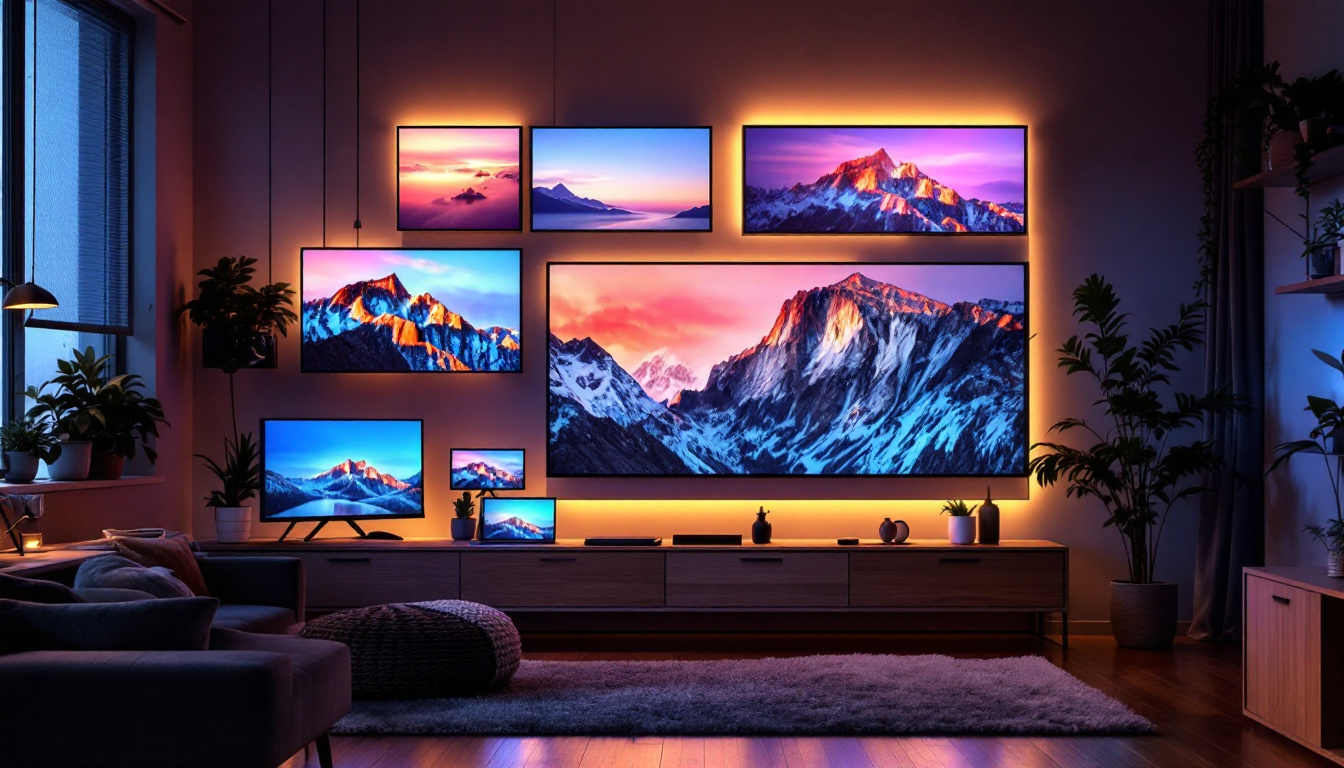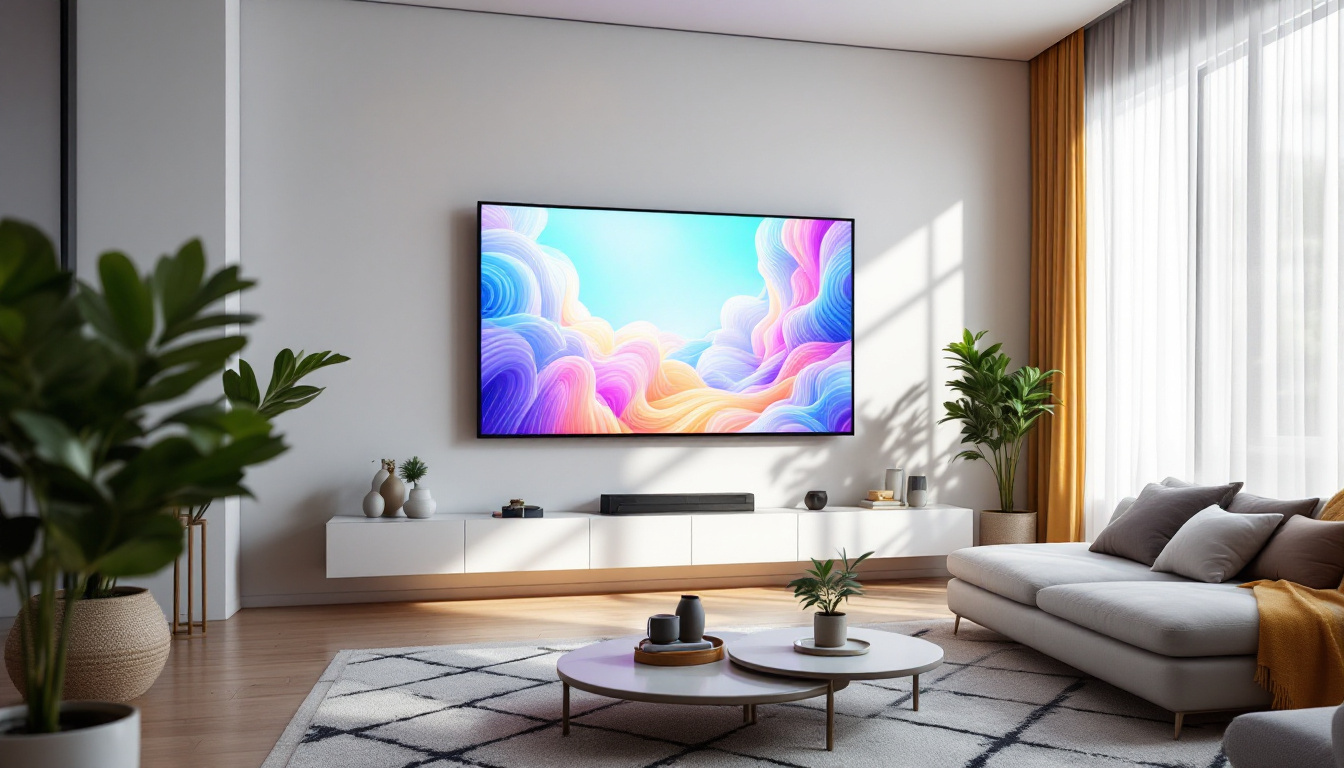In the world of modern technology, displays play a crucial role in how we interact with devices. Among the most common types of displays are LCD (Liquid Crystal Display) and LED (Light Emitting Diode) screens. Although often used interchangeably, these terms refer to different technologies that have unique characteristics and applications. This article delves into the intricacies of LCD screens, touch technology, and LED displays, providing a comprehensive overview for those looking to understand these essential components of contemporary devices.
Understanding LCD Technology
LCD technology has revolutionized the way we view images and videos. It operates on the principle of manipulating light using liquid crystals, which can be aligned in various ways to control the passage of light. This section will explore how LCD screens function, their advantages, and their limitations.
How LCD Screens Work
At the core of an LCD screen are liquid crystals sandwiched between two layers of glass or plastic. When an electric current passes through these crystals, they change their orientation, allowing varying amounts of light to pass through. This process creates the images we see on the screen. The backlight, typically provided by fluorescent or LED lights, illuminates the liquid crystals, making the display visible.
LCD screens are divided into two main types: Twisted Nematic (TN) and In-Plane Switching (IPS). TN panels are known for their fast response times, making them ideal for gaming. However, they often suffer from poor viewing angles and color reproduction. On the other hand, IPS panels provide better color accuracy and wider viewing angles, making them suitable for professional applications.
Advantages of LCD Screens
One of the primary advantages of LCD technology is its energy efficiency. Compared to older display technologies like CRT (Cathode Ray Tube), LCD screens consume significantly less power, which is beneficial for both the environment and the user’s electricity bill. Additionally, LCD screens are lightweight and slim, allowing for sleek designs in modern devices.
Another notable advantage is the sharpness and clarity of images displayed on LCD screens. With advancements in technology, high-definition (HD) and ultra-high-definition (UHD) LCD screens provide stunning visuals that enhance the viewing experience, whether for gaming, watching movies, or professional work.
Limitations of LCD Technology
Despite their many benefits, LCD screens do have limitations. One of the most significant drawbacks is their inability to produce true blacks. Since LCDs rely on a backlight, even when the liquid crystals are aligned to block light, some light leakage can occur, resulting in a grayish black. This can be particularly noticeable in dark scenes during movies or games.
Furthermore, LCD screens can suffer from motion blur, especially in fast-paced video content. While advancements have been made to improve response times, some users may still notice a lag during rapid movements. Lastly, the viewing angles can be limited, particularly with TN panels, which can lead to color distortion when viewed from the side.
Touch Technology in LCD Screens
The integration of touch technology into LCD screens has transformed how users interact with devices. Touchscreens have become ubiquitous in smartphones, tablets, and even laptops. This section will explore the various types of touch technologies used in conjunction with LCD displays.
Types of Touch Technology
There are several types of touch technologies, each with its own advantages and applications. The most common types include resistive, capacitive, and optical touch technologies.
Resistive touchscreens consist of two layers of conductive material separated by a small gap. When pressure is applied to the screen, the layers make contact, registering the touch. This technology is cost-effective and works well with gloves or styluses, making it suitable for industrial applications.
Capacitive touchscreens, on the other hand, utilize the electrical properties of the human body. They consist of a glass panel coated with a transparent conductor. When a finger touches the screen, it disrupts the electrostatic field, allowing the device to register the touch. Capacitive screens are more responsive and support multi-touch gestures, making them ideal for smartphones and tablets.
Optical touch technology uses cameras and infrared sensors to detect touch. This method allows for larger screens and is often used in interactive kiosks and large displays. However, it can be less accurate than resistive and capacitive technologies.
Benefits of Touch Technology
The primary benefit of touch technology is its intuitive nature. Users can interact with devices directly, making navigation more straightforward and engaging. This direct interaction has led to the popularity of touchscreens in consumer electronics, as they provide a more immersive experience.
Additionally, touch technology eliminates the need for physical buttons, allowing for sleeker designs and larger displays. This trend is particularly evident in smartphones and tablets, where maximizing screen real estate is crucial for user experience.
Challenges and Considerations
While touch technology offers many advantages, it also presents challenges. One significant issue is the potential for accidental touches, especially on larger screens. Users may inadvertently activate functions when they don’t intend to, leading to frustration.
Moreover, touchscreens can be susceptible to scratches and smudges, which can impact visibility and usability. Manufacturers often employ protective coatings and materials to mitigate these issues, but they remain a consideration for users.
Lastly, the accuracy of touch input can vary based on the technology used. For instance, resistive screens may struggle with multi-touch gestures, while capacitive screens excel in this area. Understanding the specific needs of users can help in selecting the appropriate touch technology.
LED Displays: A Closer Look
LED displays are often confused with LCDs, but they represent a distinct technology. While LCDs use liquid crystals and a backlight, LED displays utilize light-emitting diodes to create images. This section will clarify the differences between these technologies and highlight the advantages of LED displays.
How LED Displays Function
LED displays work by using an array of light-emitting diodes to produce images. Each diode emits light of a specific color, and by combining these colors, a full spectrum of images can be created. There are two primary types of LED displays: direct-lit and edge-lit. Direct-lit LED displays have LEDs positioned directly behind the screen, providing uniform brightness and better contrast. Edge-lit displays, on the other hand, have LEDs positioned around the edges, which can result in thinner designs but may suffer from uneven brightness.
One of the most significant advancements in LED technology is the development of OLED (Organic Light Emitting Diode) displays. Unlike traditional LEDs, OLEDs emit light from organic compounds, allowing for even greater color accuracy and deeper blacks. This technology has gained popularity in high-end televisions and smartphones.
Advantages of LED Displays
LED displays offer several advantages over traditional LCD screens. One of the most notable benefits is their superior color accuracy and contrast. Since each pixel emits its own light, LED displays can achieve true blacks and vibrant colors, enhancing the overall viewing experience.
Additionally, LED displays are more energy-efficient than traditional LCDs. They consume less power while providing brighter images, making them an environmentally friendly option. This efficiency is particularly advantageous for larger displays, such as televisions and digital signage.
Limitations of LED Displays
Despite their many benefits, LED displays do have limitations. One challenge is the potential for burn-in, particularly with OLED technology. This occurs when static images remain on the screen for extended periods, leading to permanent ghosting. While manufacturers have implemented various solutions to mitigate this issue, it remains a concern for users.
Furthermore, LED displays can be more expensive to produce than traditional LCDs, particularly for high-quality OLED screens. This cost can be a barrier for some consumers, especially when considering larger display sizes.
Comparing LCD and LED Displays
When choosing between LCD and LED displays, understanding the differences and similarities is essential. While both technologies have their merits, they cater to different needs and preferences. This section will compare the two technologies across various parameters.
Image Quality
Image quality is often the most critical factor for consumers. LED displays generally offer superior color accuracy and contrast compared to traditional LCDs. The ability to achieve true blacks and vibrant colors makes LED displays particularly appealing for movie enthusiasts and gamers. However, high-end IPS LCD screens can still provide excellent image quality, especially for professional applications where color accuracy is paramount.
Energy Efficiency
Both LCD and LED technologies have made significant strides in energy efficiency. However, LED displays tend to consume less power, particularly in larger formats. This efficiency can lead to lower electricity bills and a reduced environmental impact, making LED displays a more sustainable choice.
Cost Considerations
Cost is often a deciding factor for consumers. Traditional LCD screens are generally more affordable than LED displays, especially for larger sizes. However, as LED technology continues to advance and become more widespread, prices are gradually decreasing. For those seeking high-quality visuals and energy efficiency, investing in an LED display may be worthwhile in the long run.
Future Trends in Display Technology
The future of display technology is promising, with continuous advancements on the horizon. This section will explore emerging trends and innovations that are shaping the industry.
MicroLED Technology
MicroLED technology is gaining traction as a potential game-changer in the display market. This technology utilizes tiny micro-sized LEDs to create images, offering the benefits of OLED without the risk of burn-in. MicroLED displays promise exceptional brightness, color accuracy, and energy efficiency, making them a compelling option for future devices.
Flexible and Foldable Displays
As consumer demand for innovative designs grows, flexible and foldable displays are becoming more prevalent. These displays can be bent or folded without compromising image quality, allowing for new form factors in smartphones, tablets, and wearables. This trend opens up exciting possibilities for device design and functionality.
Augmented and Virtual Reality Displays
With the rise of augmented reality (AR) and virtual reality (VR), display technology is evolving to meet the unique demands of these applications. High refresh rates, low latency, and immersive visuals are essential for a seamless AR and VR experience. As technology advances, we can expect to see displays specifically designed for these applications, enhancing user experiences in gaming, training, and beyond.
Conclusion
In conclusion, understanding the differences between LCD and LED displays, as well as the touch technologies that accompany them, is essential for making informed decisions when purchasing devices. Each technology has its advantages and limitations, catering to various needs and preferences. As the industry continues to evolve, staying informed about emerging trends will help consumers choose the best display technology for their requirements.
Whether it’s the energy efficiency of LED displays, the intuitive nature of touch technology, or the advancements in future display innovations, the world of screens is continually changing. Embracing these technologies can enhance the user experience and lead to more engaging interactions with devices.
Discover Cutting-Edge LED Display Solutions with LumenMatrix
Ready to experience the future of display technology? LumenMatrix is at the forefront of LED innovation, offering a wide range of LED display solutions tailored to your needs. From captivating Indoor LED Walls to dynamic Outdoor LED Displays, and from versatile Vehicle LED Displays to engaging LED Sports Displays, LumenMatrix has it all. Elevate your visual communication with our Custom LED Displays or explore the transparency of our LED Transparent Displays. Don’t just take our word for it; see how LumenMatrix can transform your space and captivate your audience. Check out LumenMatrix LED Display Solutions today and step into a world of vivid imagery and unparalleled clarity.





